The Ministry of Corporate Affairs has vide its notification no S.O.3453 (E) notified section 199 to section 207 [both inclusive], sub-section (1) of section 208-clause (c) and (e), sub-section (2) of section 208, section 217 to section 220 [both inclusive], section 251, section 253, section 254, and section 255 of the Insolvency and Bankruptcy Code, 2016 with effect from November 15, 2016. Please refer the attached … Continue reading “MCA notified sections of Insolvency and Bankruptcy Code, 2016 w.e.f November 15, 2016”
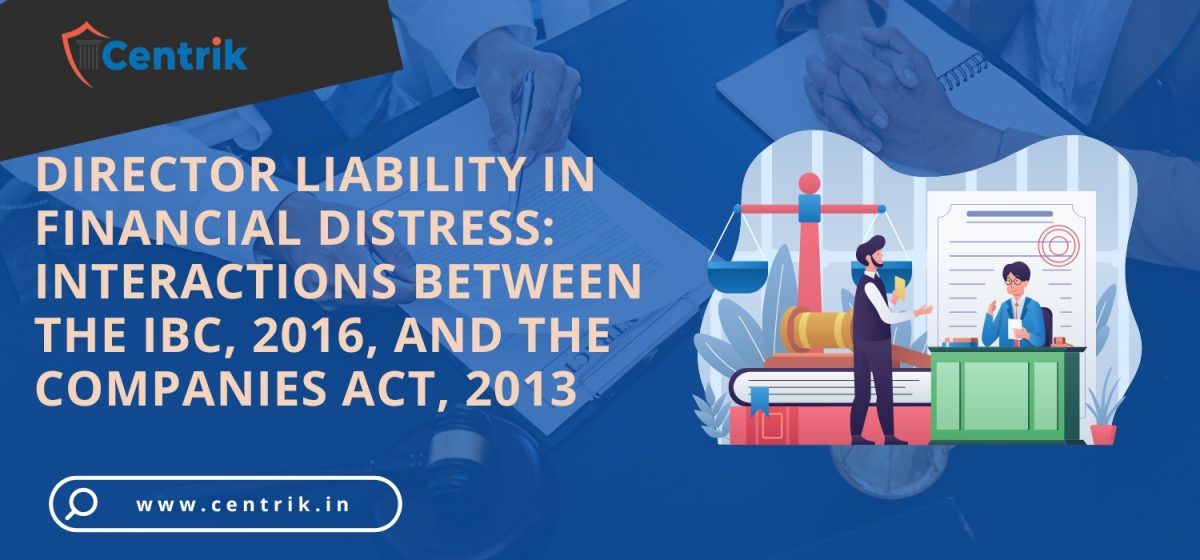
Director liability during financial distress- An interplay of the IBC, 2016 and the Companies Act, 2013. It is undisputed that in times of solvency, director’s responsibilities are mainly directed towards shareholders, under the guidance of the Companies Act.

Any person aggrieved by the order of the Hon’ble Adjudicating Authority i.e. National Company Law Tribunal (“NCLT”) under Section 61(1) of the Insolvency & Bankruptcy Code, 2016 (“IBC, 2016”) may prefer an appeal before the Hon’ble National Company Law Appellate Tribunal (NCLAT).

The designation and subsequent empowerment of an Insolvency Professional (IP) within the framework of a Corporate Debtor entail an array of responsibilities primarily focused on the effective management of the corporate entity.
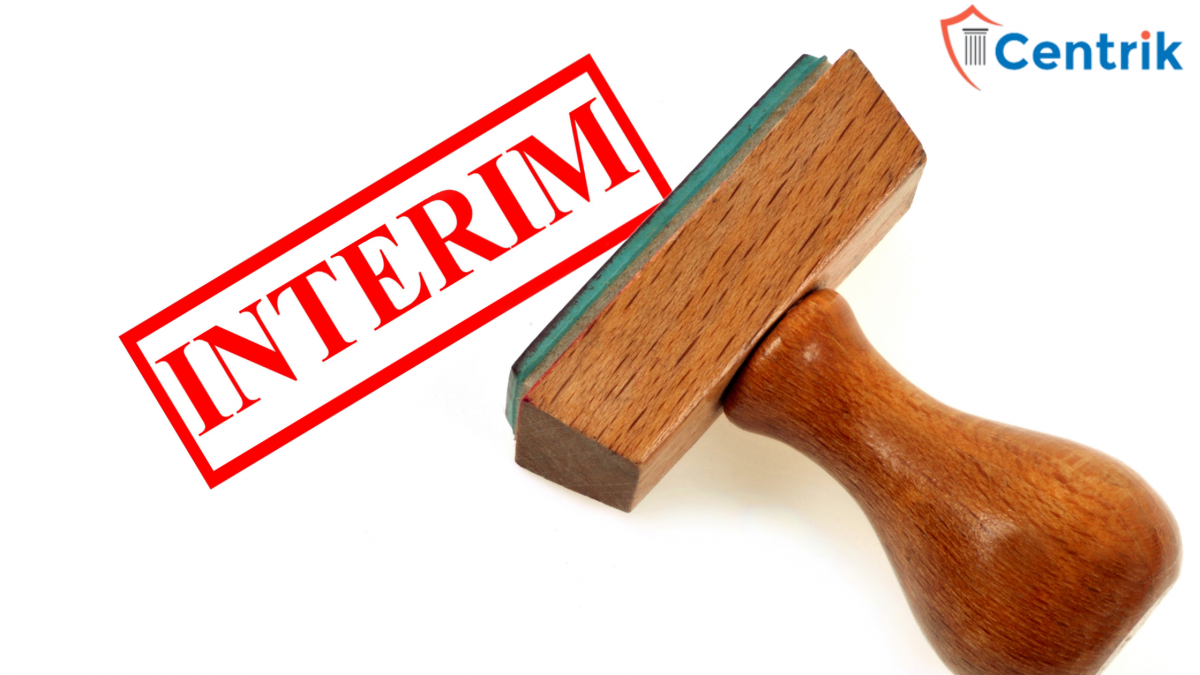
Interim Finance is defined under Section 5 (15) of the IBC, 2016 which means
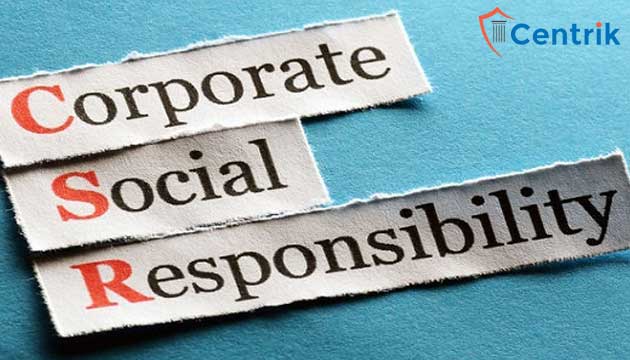
In the past few decades, business leaders as well as philosophers came up with a new phenomenon which is Corporate Social Responsibility (CSR). Under CSR Businesses are responsible to the society that exists around them. And under CSR only it becomes their moral duty to safeguard that society and help that society to grow.
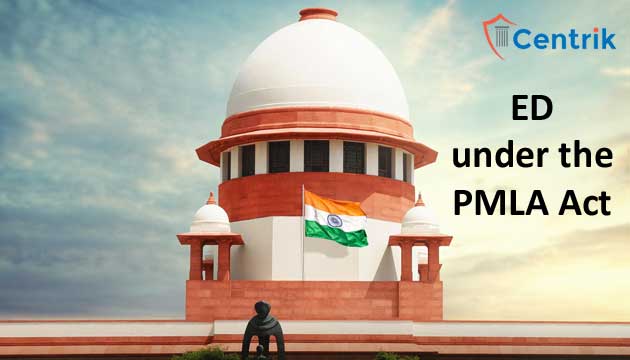
Asset attachment by the Enforcement Directorate (ED) under the Prevention of Money Laundering Act (PMLA) is critical in combating money laundering and criminal activities.
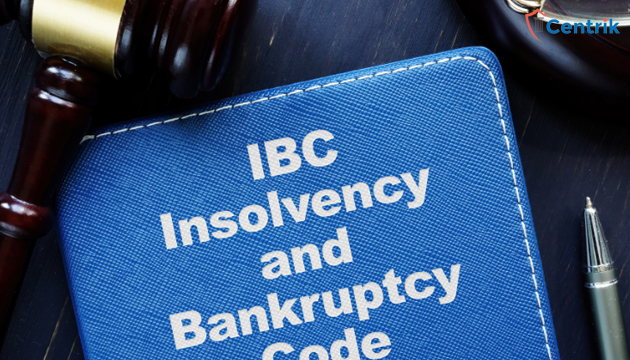
There is no specific threshold limit for the NCLT Delhi under the IBC 2016. The IBC provides that a financial creditor, operational creditor, or the corporate debtor itself can initiate the insolvency resolution process with the NCLT.
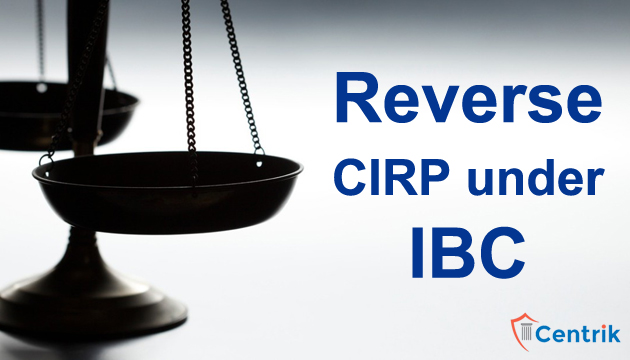
Reverse CIRP is still in an experimentation process and we should wait for more cases in which Reverse CIRP is applied and then observe its effect.
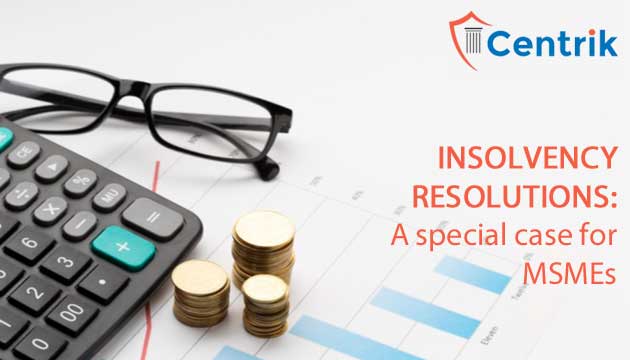
The government has introduced the pre-packaged insolvency resolution process (PPIRP) for MSMEs, which allows them to initiate an insolvency process with the approval of two-thirds of their creditors.

Being the least expensive and less time-consuming, Mediation is popular ADR in India. The mediator plays the role of a neutral party who helps the parties to have direct communication and assists in exploring the options and a mutually accepted agreement.

Machine learning, deep learning, artificial neural networks, rule-based expert systems, and natural language processing are a few examples of artificial intelligence technologies employed in worldwide insolvency and bankruptcy processes.
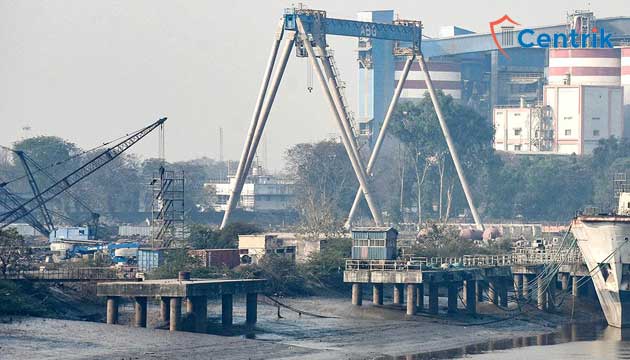
Case of “Sundaresh Bhatt, Liquidator of ABG shipyard vs. Central Board of Indirect Taxes and Customs, in which it was held that the IBC provisions will prevail over the provisions laid down in the “Customs Act, 1962” and also set aside the order of the NCLAT”.

The adoption of the Model Law will help in the ease of doing business and significantly increase the inflow of FDI into India by way of cross-border mergers and acquisitions.

The UNCITRAL Model Law has been strongly recommended for providing a wide-ranging solution for resolving cross-border insolvency issues.















 join For Updates
join For Updates